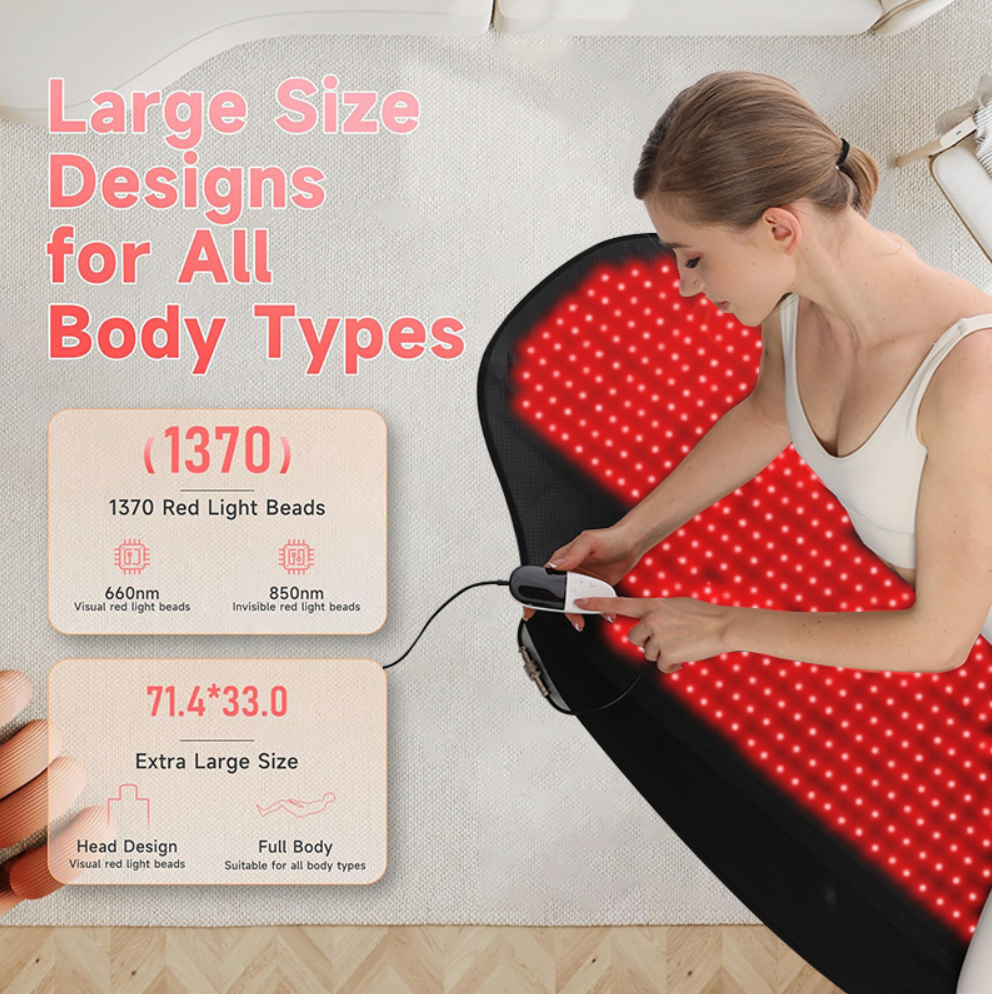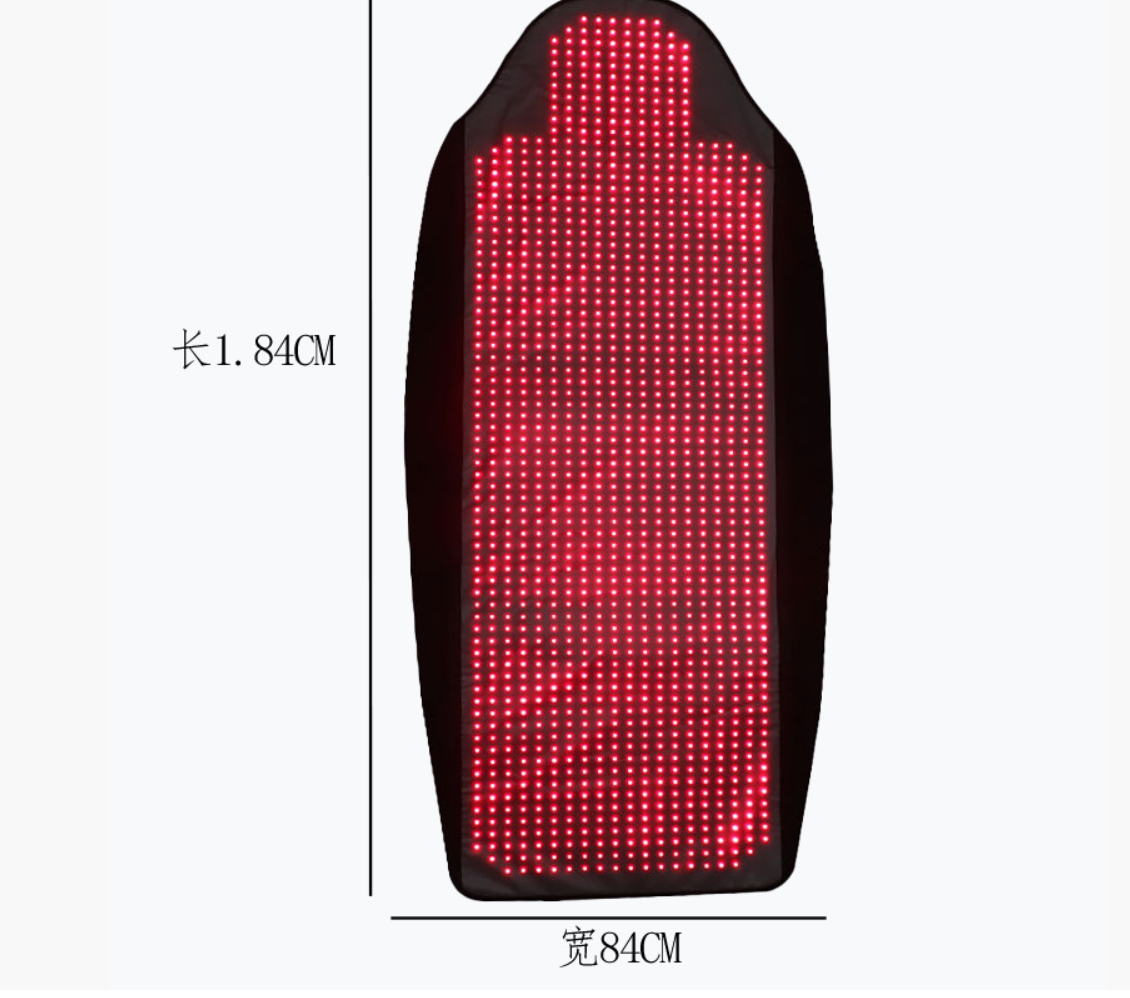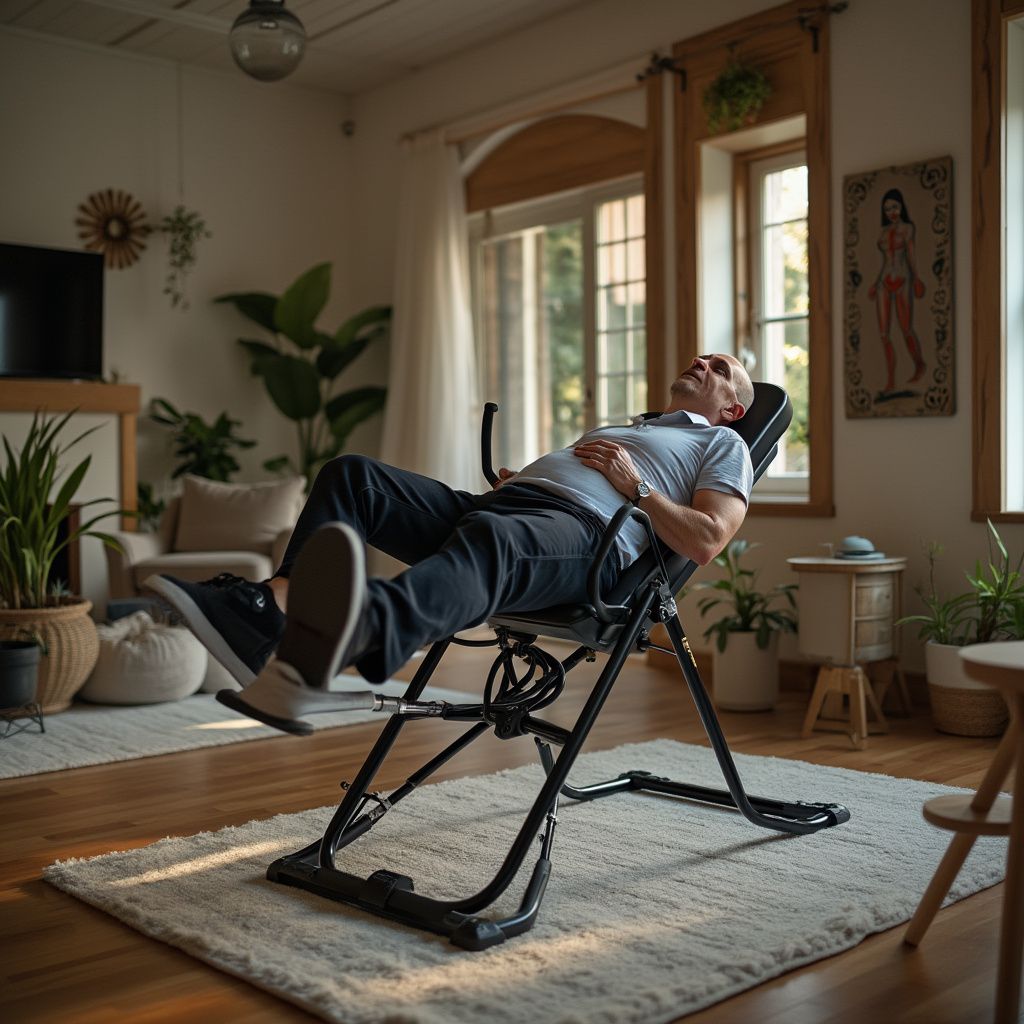Millions of people worldwide experience back pain and sciatica, conditions that can severely impact daily life. Among the many proposed remedies, inversion table therapy for sciatica has gained significant attention. But does it truly deliver the promised pain relief, or is it just another fleeting trend? Let’s dive into how inversion tables work, their benefits, and what science says about their effectiveness.
What Is an Inversion Table?
An inversion table is a device designed to allow users to tilt their body upside down or at an angle, with their feet in the air. This positioning aims to utilize gravity to stretch and lengthen the spine, potentially easing compression on nerves and spinal discs. Inversion therapy is often marketed as a non-invasive solution for back pain, sciatica, and related conditions. But are these claims backed by evidence?
How Does Inversion Table Therapy Help Sciatica?
Sciatica is most often caused by compression or irritation of the sciatic nerve, the body’s longest single nerve, which runs from the lower back to the lower extremities. When the sciatic nerve becomes pinched or damaged, pain is felt mostly through the lower body, often radiating to the legs and feet.
The effect of inversion lies in its ability to create spinal decompression. By hanging or tilting at an angle, users aim to create ample space between each vertebra, reducing pressure on the nerves. This decompression can potentially help herniated discs or slipped discs to heal naturally, as inversion tables have been shown to temporarily improve spinal alignment and reduce nerve irritation.
Potential Benefits for Sciatica Patients
Research shows that inversion table therapy for sciatica may provide short-term relief by alleviating pressure on the sciatic nerve. Here’s how it works:
- Decompression Helps Herniated and Slipped Discs
When the spine is able to decompress, the load on herniated discs can decrease, offering relief to those suffering from sciatic nerve pain. This is especially beneficial for sciatica patients dealing with muscular or skeletal issues causing nerve irritation. - Stretch and Lengthen the Spine
Using inversion tables mimics certain stretches and yoga poses, improving mobility and flexibility in the lower back. Physical therapists often recommend similar activities to reduce the likelihood of chronic pain. - Relieve Sciatica and the Muscular Tension Around It
Inverting may help relieve sciatica and the muscular spasms associated with nerve irritation, providing a sense of relaxation and reduced stiffness.
Inversion Table Therapy vs. Other Treatments
Although inversion devices can offer effective treatment, they are not a standalone cure. Experts emphasize that therapy may be most effective when combined with physical therapy or chiropractic care. Additionally, exercises that strengthen the lumbar region and support the spinal column can complement the benefits of inversion.

Are There Risks to Using Inversion Tables?
While many people find relief, inversion therapy is also associated with certain risks. Hanging upside down may increase high blood pressure, making it unsuitable for individuals with cardiovascular issues or glaucoma. Always talk to your doctor before incorporating inversion tables into your routine.
Moreover, it’s important to remember that tables aren’t a substitute for back surgery or other medical interventions in severe cases. Instead, they provide a non-invasive option for short-term relief and enhanced spinal health.
Do Inversion Tables Really Relieve Sciatica?
For many, the answer is yes—but with caveats. Inversion tables provide spinal traction, which helps herniated and slipped discs and relieves pressure on the nerves. They can be particularly useful for those looking to avoid invasive treatments. However, the effect of inversion is often temporary, and sustained results require a combination of therapies.
Tips for Using an Inversion Table Safely
- Start Slowly: If you choose to use an inversion table, begin with gentle angles (around 20-30 degrees) and gradually increase as your body adapts.
- Limit Duration: Avoid hanging for extended periods; sessions of 1-5 minutes are typically enough.
- Combine with Physiotherapy: Pairing inversion with strengthening exercises or physical therapy ensures more robust and lasting benefits.
- Listen to Your Body: Discontinue use if you experience dizziness, discomfort, or worsening symptoms.
Who Should Avoid Inversion Therapy?
Certain individuals, such as those with spinal cord injuries or high blood pressure, should avoid inversion. Additionally, those with severe spinal issues, such as advanced herniated discs, may require professional medical intervention.
A hand—held facial massager with a comb structure is an ideal tool for those who want to take care of their skin and keep it in excellent condition. You can buy this device at the best price in our online store.
Final Thoughts: Does It Work?
The bottom line is that inversion table therapy for sciatica can offer meaningful benefits, especially for those seeking to relieve sciatica and the muscular tension it causes. Inversion tables have been shown to help relieve sciatica by improving spinal decompression and supporting lower back pain relief. However, they should be viewed as part of a broader strategy that includes physical therapy, strengthening exercises, and professional guidance.
If you’re considering using inversion tables to treat back pain and sciatica, consult a healthcare professional to ensure it’s a safe and effective option for your needs. With careful use and realistic expectations, inversion table therapy can become a valuable tool in your journey to better spinal health.












Deixe um comentário
Este site está protegido pela Política de privacidade da hCaptcha e da hCaptcha e aplicam-se os Termos de serviço das mesmas.